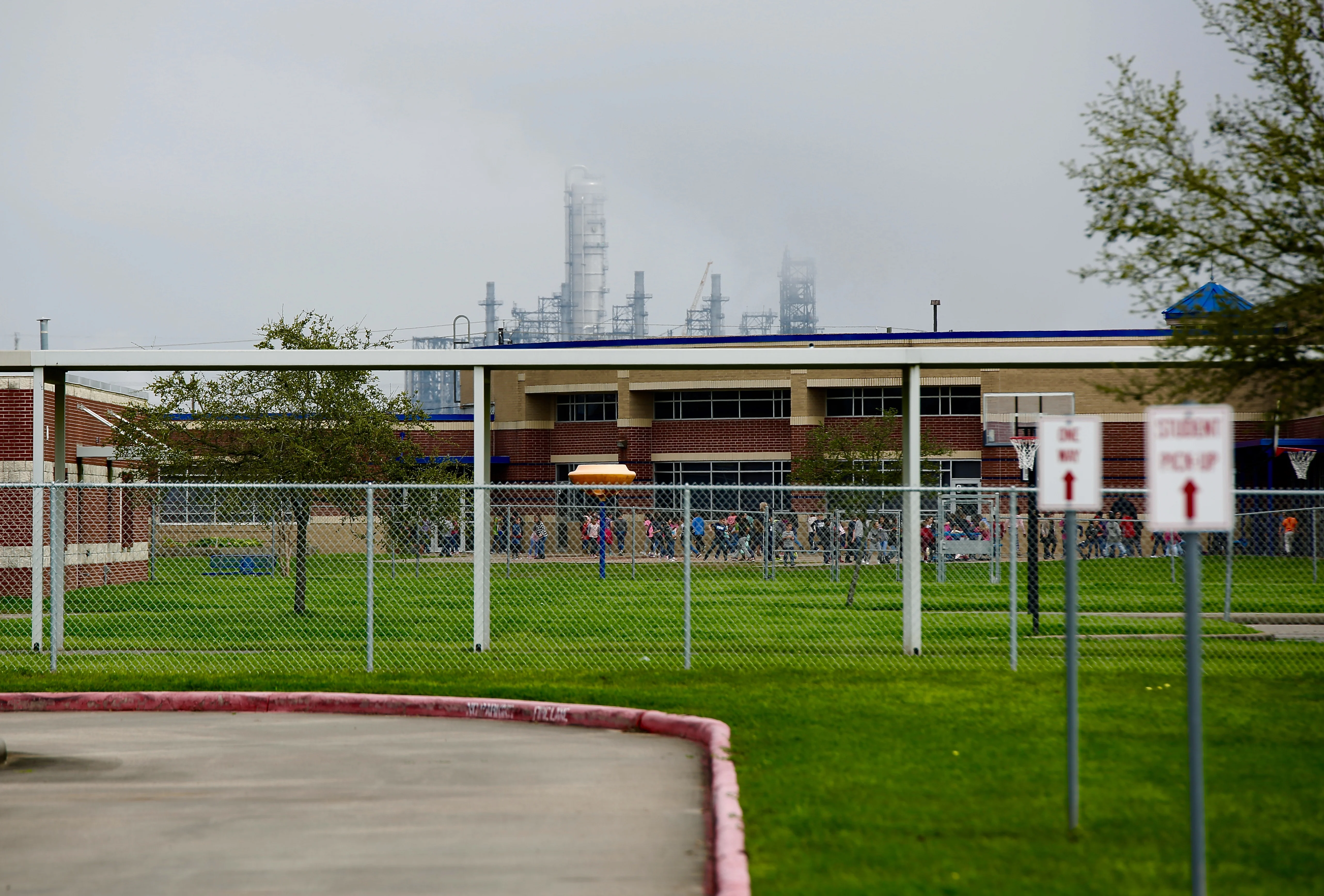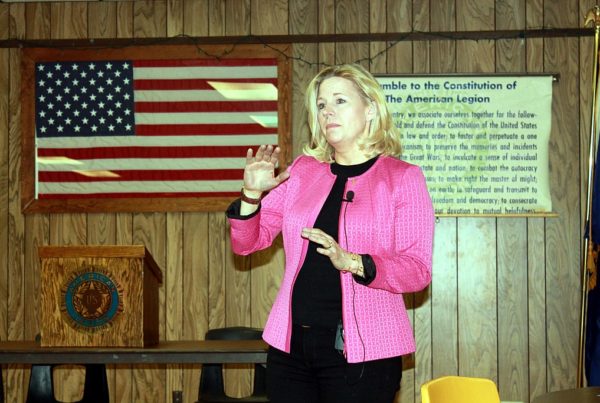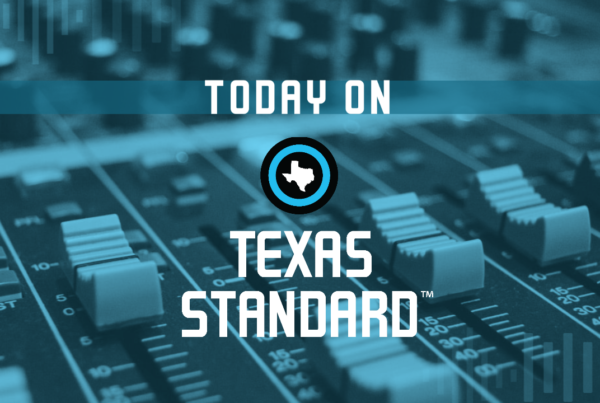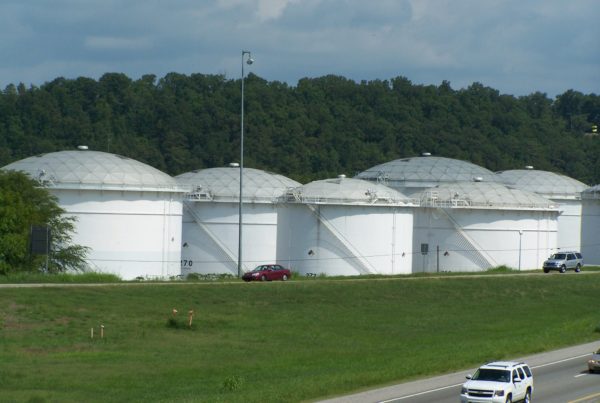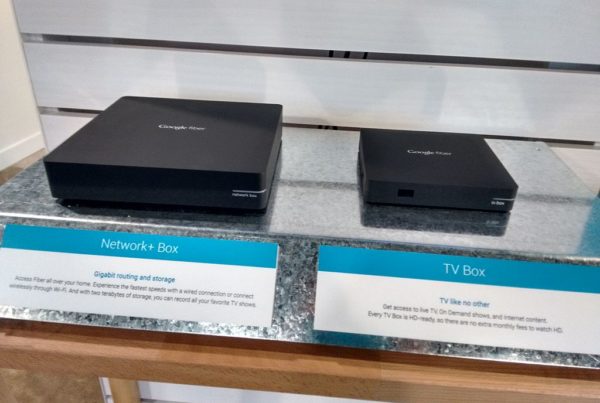As the United States struggled to meet demands for fuel in the early 2000s, Motiva Enterprises decided to double the capacity of its oil refinery in the Gulf Coast city of Port Arthur on the Texas-Louisiana border. The refinery had been in Port Arthur for as long as Texas has pumped oil; in 1902, a year after the historic Spindletop discovery in nearby Beaumont led to the state’s first oil boom, the company that would later become Texaco built the refinery on 25 acres of land. Over the next century, the region became a central hub for the industry’s refineries and petrochemical plants.
By 2006, the refinery was owned by Motiva Enterprises, a joint venture between Shell Oil and Aramco, a Saudi company. The company proposed to expand its production to more than 600,000 barrels a day, which would make it the largest refinery in the country and one of the biggest in the world. But first, Motiva wanted tax breaks, so it turned to a nascent Texas economic development program known as Chapter 313, which allows industry to solicit school districts for lucrative property tax breaks. Known for its place in the Texas tax code, Chapter 313 offers huge tax incentives for major industrial projects in exchange for the company’s promise to bring long-term investment and high-paying jobs.
The Motiva deal marked the biggest Chapter 313 deal since its creation. With the promise of much-needed revenue for its students, Port Arthur Independent School District officials eagerly approved the project. The district would in essence tax one of the world’s biggest refineries as if it were worth just $30 million. In return, the school district would get an infusion of crucial cash. It was a win-win.
By the time the expansion was completed in 2012, Motiva had spent $10 billion and the refinery’s market value soon ballooned to $3.5 billion. Over one decade, the Chapter 313 deal with Port Arthur ISD had lightened Motiva’s local tax liability to the tune of $240 million.
Then, just as the tax breaks expired in 2018, Motiva suddenly announced that it was contesting the refinery’s appraised value of $3.5 billion, saying the structure and its contents were actually worth just $1.5 billion. Motiva sued the Jefferson County Appraisal District, claiming the refinery was drastically over-valued compared to other refineries in the area. Thanks to a team of high-powered lawyers and seemingly endless supply of funds for legal fees, Motiva ultimately forced the outmatched appraisal district to settle, saving tens of millions of dollars in property taxes in one fell swoop and leaving the Port Arthur school district in crisis: Port Arthur ISD, which serves 8,000 predominantly Black and Hispanic and low-income students, is dependent on property tax generated by the refineries and chemical plants that loom over its schools and homes. The Motiva refinery alone accounts for roughly half its tax base.
State lawmakers created the Chapter 313 program 20 years ago in response to fears that high property taxes were preventing corporations from pursuing large-scale projects in Texas. That fear was later found to be untrue, but the program has been wildly popular. As of 2019, there were 509 active deals that will deliver a total of $10.8 billion in tax breaks to corporations. Critics say that the program amounts to a wasteful trough for costly corporate tax subsidies that starves the state of revenue that could be used to fund public schools, and the program will soon cost taxpayers more than $1 billion a year, according to the state comptroller. Still, this session, legislators from both political parties are scrambling to renew—and expand—the program before it expires at the end of 2022.
Chapter 313 deals are supposed to provide a big pay off for school districts—and the state at large—once big industrial investments return to the tax rolls. Using 313 data obtained from the state comptroller’s office, the Texas Observer analyzed 71 projects in the manufacturing and wind sectors—which account for the vast majority of the program—that have reached the end of their tax breaks. Some projects met or exceeded their early projections. But for most other projects those estimates were much rosier than reality: Almost all the 55 wind projects overestimated what their projects’ value would be once tax breaks expired, based on projections companies provided either in their initial applications or their earliest biennial filings after the deal was approved. 12 of the 16 manufacturing projects also undershot their earlier projections. While it’s normal for industrial properties to decline in value as facilities age, projects with 313 deals have a knack for losing much more value than expected.
In some instances, this is because powerful corporations, like Motiva, battled with local officials to drastically lower their property values before their tax abatements ended, leaving school districts—and ordinary taxpayers—in a lurch. “Although we love Chapter 313 agreements, it is not without difficulties,” says Port Arthur ISD’s chief financial officer Phyllis Geans. She says it’s wrong for huge oil and gas corporations like Motiva to slip out of their tax liabilities once the program expires. After all, it’s not like regular Texans are getting much of a break on their property taxes. “The value of property goes up on our homes. Why would the industries assume they should pay less?”
The threat of a drawn-out, complex, and expensive legal battle against big companies can often force local tax appraisers to cave. “Their pockets are a lot deeper,” says Angela Bellard, the chief appraiser for the Jefferson County Appraisal District, which includes Port Arthur. The appraisal office reached a settlement with Motiva that knocked its taxable value for 2018 and 2019 down to about $1.5 billion, roughly one-third less than what Motiva had initially projected would return to the rolls, according to a 2010 filing.
To add insult to injury, the settlement forced Port Arthur ISD to refund Motiva $8.5 million of property taxes it had already allocated to school programs. The blow was especially severe because the district had finally finished paying off $30 million in tax refunds to Valero, after the San Antonio-based energy giant won several lawsuits that deflated the value of its properties in Jefferson County—including another Port Arthur refinery with a Chapter 313 deal.
Chapter 313 deals are typically low-risk, high-reward ventures for school districts: Companies consider a large project and approach school district officials to see whether the district is willing to tax the company at a much lower rate than usual. In return, the school district immediately starts collecting revenue, and in 10 years, will get the payoff from the project’s full taxable value. As well, the state’s school finance formula covers any tax revenue that a district loses because of the agreement. Districts can also cut deals with the companies to get a substantial share of their savings, known as supplemental payments. For Port Arthur ISD, these deals have provided a financial boost. “With the availability of these funds, the district has been able to provide much-needed assistance to parents, students, and staff for reading materials, social services assistance, purchase of band instruments, uniforms, and temporary employment,” says Geans, the district’s chief financial officer. “Over the years, the district has also utilized the funds for other services such as offering full-day kindergarten when the state only funded half-days.”
The program has grown exponentially since it was enacted in 2011. From 2011 to 2019, the number of deals rose by 200 percent. Chapter 313 has earned notoriety for helping to lure big-ticket projects, like a Toyota truck factory to San Antonio, the Samsung semiconductor plant in Austin, and most recently, the Tesla factory in Del Valle. But the program has been the biggest boon to the state’s already-dominant energy industry—specifically oil and gas and wind generation.
The lion’s share of the program’s tax bounty—60 percent—goes to refineries, chemical plants, liquified natural gas facilities, and other fossil-fuel projects concentrated along the Gulf Coast. Oil and gas giants that have long bossed Texas, like Exxon Mobil, Chevron Phillips, Dow Chemical, and Enterprise Products Partners, have each saved hundreds of millions in property taxes thanks to Chapter 313. Out on the plains of West Texas and the Panhandle, huge commercial wind farms—mostly financed by multinational renewable energy firms—receive much of the remaining tax benefits.
While Chapter 313 deals are supposedly reserved for projects that wouldn’t otherwise be built in Texas, the state Comptroller has said, “it’s generally impossible to determine the factors that ultimately cause a company to make a final decision” and has rarely denied an application. Between 85 and 90 percent of the projects that got Chapter 313 deals would have gone forward regardless of the program, according to one study from the University of Texas at Austin.
Through an open records request with the state comptroller, we obtained data from all the Chapter 313 agreements active in 2019 that include estimates of each project’s cumulative investment and annual property value—including projections for how much a project will be worth when it returns to the rolls. Projects that are still years away from their tax breaks ending—some as far out as 2035—tend to offer up rosy estimates of the value they will bring back to the rolls. The program’s track record makes those claims dubious, though.
For example, data from the 200 active manufacturing projects shows companies estimate that 50 percent of the projects’ total investment will return to the rolls, at an average of 70 percent of peak taxable value. Of those manufacturing projects—most of which are in the oil and gas or petrochemical sectors—16 have reached the end of their tax limitations. In the first year back on the tax rolls, those projects were collectively worth $3.5 billion. That’s less than half of the $7 billion the projects were worth at their peak and just 20 percent of the $18 billion in total investment.
It’s not necessarily surprising that their value has tanked; structures and equipment tend to lose value as they age. But critics say handing out generous, long-term tax breaks for projects is a central flaw of the program. “You’re giving up the first 10 years of [tax revenue] when it’s the highest value,” says Nate Jensen, a professor at the University of Texas at Austin who studies economic incentive programs. “You’re giving up tax dollars today in hopes of collecting tax dollars in year 11. It’s hard to make these numbers work.”
It’s even harder when a project’s value has deflated far more than anticipated.
Motiva inked its Chapter 313 deal with Port Arthur ISD amid a flurry of other oil and gas companies launching new projects in the area. Golden Pass LNG, an affiliate of ExxonMobil, got a deal in 2006 with Sabine Pass ISD—a tiny district that serves 375 students in the unincorporated coastal communities just south of Port Arthur—for a liquified natural gas terminal. The $900 million construction project was completed by 2010 and that year, Golden Pass estimated that the project would reach $865 million in taxable value and stay at that level when it returned to the rolls in 2017. Instead, the terminal reached an actual peak of $650 million and $356 million by the time the tax breaks ended.
In 2008, Total Petrochemicals signed a deal with nearby Port Neches-Groves ISD to upgrade its own refinery in Port Arthur. Total poured $2.7 billion into the project and by 2012, the refinery was worth more than half a billion dollars. But its value continuously fell in the remaining years of the agreement and the refinery went back back on the tax rolls at just $200 million—almost two-thirds less than its peak value and 8 percent of the initial investment.
This wasn’t the first time one of the district’s Chapter 313 projects took a dive. Port Neches-Groves signed one of the first Chapter 313 agreements with Sabina Petrochemicals in 2002. After reaching its peak value of $230 million in 2007 before falling to about $125 million in the final year of the abatement period. On its way back to the tax rolls, Sabina sued the county appraiser and reached a settlement that lowered its value all the way down to $58 million.
The Chapter 313 program “provides many positive outcomes if the contracts and promises are honored. Sadly, we often find that organizations choose to contest values and appeal those agreements,” said Port Neches-Groves ISD Superintendent Mike Gonzales in an email to the Observer. “When that occurs, school districts are placed at a disadvantage and must find creative ways to overcome budgeted shortfalls.” Still, Port Neches-Groves currently has three other active agreements on the books, including another with Total, that are expected to bring the district $25 million in supplemental payments.
Dale Craymer, president of the Texas Taxpayers & Research Association, a corporate-funded think tank and leading proponent of Chapter 313, points out that many projects “actually under-forecast their taxable value.” Indeed, a number of the manufacturing projects whose deals have ended performed better than initially promised, including an Enterprise Products Partners hydrocarbon processing plant in Barbers Hill ISD that was worth $235 million after the tax breaks ended—almost $70 million more than originally projected.
There are few guardrails in the Chapter 313 program to ensure that projects actually pay off for the state. In 2013, the Legislature passed a measure requiring the Comptroller’s Office to report whether a project is “reasonably likely” to generate enough tax revenue over 25 years to offset the cost of a decade of tax breaks. However, the test doesn’t apply to any of the projects in which agreements have already ended, such as Motiva’s. Critics also say the test is almost impossible to fail and isn’t followed up on.
In the 2015 legislative session, then-state Representative Drew Springer filed a bill to create some accountability for declining values. Wind farms, which are also major users of Chapter 313, had proliferated in Springer’s slice of West Central Texas; his bill would have clawed back a project’s tax breaks if it returned to the rolls at less than 80 percent of its initial value.
These commercial wind farms lose far more of their value than other 313 projects. The 55 wind projects whose tax abatement period has ended returned to the rolls at a combined value of $3.3 billion, just over 25 percent of the $12.6 billion of total investment and an average of about 35 percent of their maximum taxable value, which was a combined $9.3 billion. In 2007, Borden County ISD gave a 313 deal to Bull Creek Wind LLC. In 2010, the company estimated the wind farm would come back on the rolls at about $100 million. Instead, it was worth just $22 million. Of all the wind projects, this was the steepest decline in value. Still, the company netted $6.5 million in tax benefits, and Borden ISD got about 40 percent of the take. Dozens of other wind projects came back on the rolls worth tens, or even hundreds, of millions lower than estimated.
Springer’s clawback provision never made it to the floor.
Despite all the problems with Chapter 313, a coalition of strange bedfellows support the program. The vast majority of lawmakers—Republicans and Democrats alike—support it. The oil and gas industry and renewable energy advocates are united behind it, too.
Representative Jim Murphy tried to extend and expand the program, which will otherwise expire next year. Backed by the oil and gas industry and school districts, Murphy’s House Bill 1556 would not only extend the program for another 10 years but also expand the scope of qualified projects by allowing companies to get Chapter 313 deals for simply renovating their plants.
That would allow wind farms and petrochemical facilities—which are frequently renovated and upgraded—that are already in Texas to receive Chapter 313 tax breaks in perpetuity. Murphy’s bill would also further explode the potential cost of the program: If passed, the expanded program could cost school districts and the state nearly $50 billion over the next couple decades. Critics warned that HB1556 would essentially create a protected class of corporate taxpayers. “The bottom line is a two-tier property tax system, in which large manufacturing properties receive long-term exemptions, while smaller businesses and homeowners pick up the difference,” Lavine said of the bill.
Murphy’s dramatic overhaul of 313 prompted bipartisan opposition in the Texas House and when it became clear that it would not pass on the House floor Monday, Murphy effectively moved to kill his own bill. An alternative compromise bill that would extend the program for just two years, allowing lawmakers to examine 313 in the interim, passed the House last week and is headed to the Senate.
Valero’s successful suits created a budget crunch for Port Arthur ISD, forcing the district to transport students in dilapidated buses and forgo teacher pay raises. It has also prompted a race to the bottom within the industry. County appraisal officials say it’s impossible to compare complex industrial properties like refineries and chemical plants because no two are the same, but that hasn’t stopped the oil and gas industry—including Motiva—from successfully knocking billions of dollars in value off the tax rolls.
“Our company operates in a low-margin industry in which financial stewardship and effective cost management are critical,” a Motiva spokesperson said in a written statement. “An in-depth review of our taxes revealed that the assessed value of our Port Arthur refinery was disproportionately higher than the assessed value of our industry peers. To help ensure long-term viability and success, we made the decision to pursue a valuation adjustment for our refinery.”
After the settlement, Superintendent Mark Porterie penned an op-ed blasting Motiva: “Ask yourselves, ‘Why do you think companies choose not to pay their fair taxes in the city of Port Arthur?’” he wrote. “Why do we have to always accept what is offered to us even when we know the ‘morsels’ we receive are just to keep us quiet?”
For a program that was supposed to promote long-term investment, the project was worth just 10 percent of its initial investment. In 2020, Motiva challenged its appraisal again and got its value further reduced to just $1 billion.
The district expects the company to challenge its value again this year.


